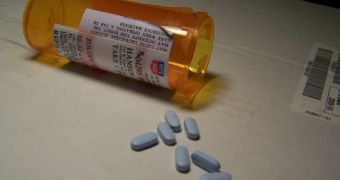At an estimated $3.91 million in savings per 100,000 patients per year, the new e-prescribing system, which was employed since 2004 by two Massachusetts insurers, seems to offer a viable alternative on how to reduce drug spending, associated with the American health system, one of the bulkiest in the world. Basically, the system reduces expenses by some 0.7 dollars per patient per month, which adds up to an impressive overall amount, if considering how many recipes are filled in the US every year. "Our results suggest that there are important economic gains achievable through the broader use of e-prescribing with formulaic decision support but that merely providing e-prescribing systems to clinicians will not necessarily achieve those savings. Rather, prescribers need to adopt the e-prescribing systems fully for these gains to be realized. Making those changes represents an important goal for physicians, insurers and all those with a stake in the cost of prescription medications," says a new study, published in the December 8/22 issue of Archives of Internal Medicine.
In charge of the new study was Michael A. Fischer, M.D., M.S., a researcher working with the Brigham and Women's Hospital, and the Harvard Medical School, in Boston. "Prescription drug costs account for a significant proportion of medical spending and have been increasing rapidly. A key limitation of tiered co-payment systems is prescribers' inability to keep track of differing co-payment tiers across insurance plans' forms."
Fischer's team writes in the paper that "The potential savings increase with more availability and use of e-prescribing; for complete e-prescribing use, the projected savings are $3.91 million per 100,000 patients per year." Basically, the trend they've noticed was that physicians ordering drugs through the e-prescribing system usually ordered less expensive medication, which helped them lower their overall drug-related expenses. This was not the case in the control groups, where therapists continued to prescribe patients their regular, top-end drugs.

 14 DAY TRIAL //
14 DAY TRIAL //